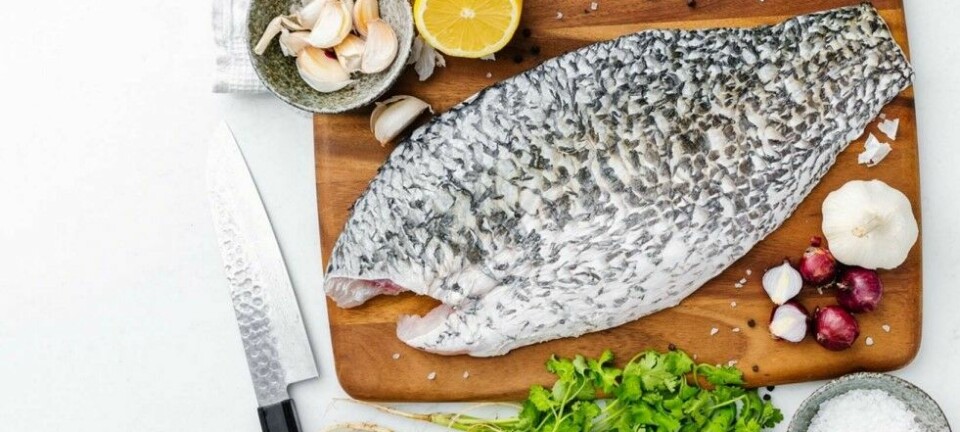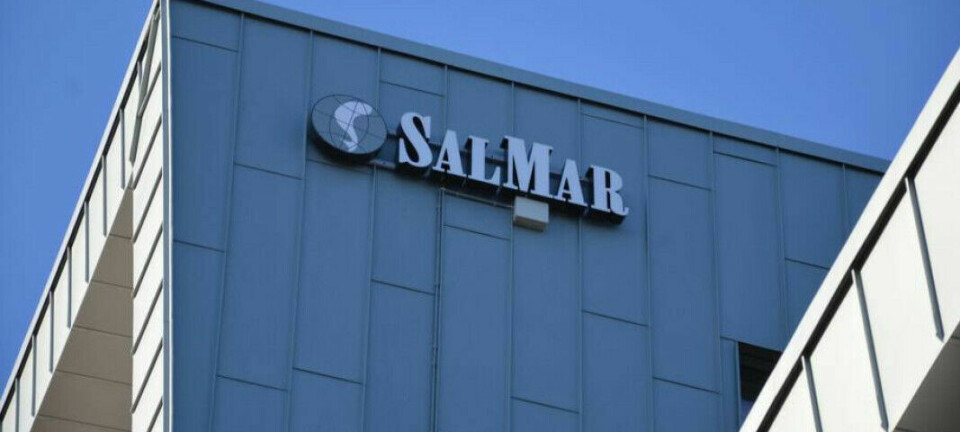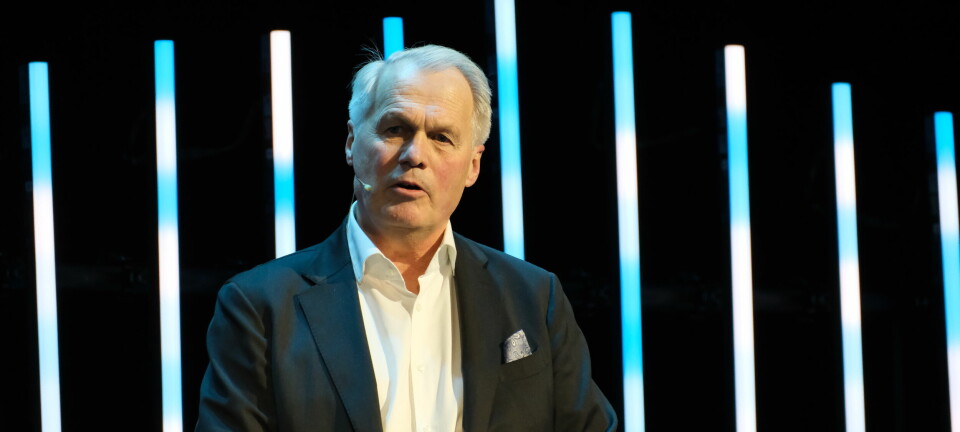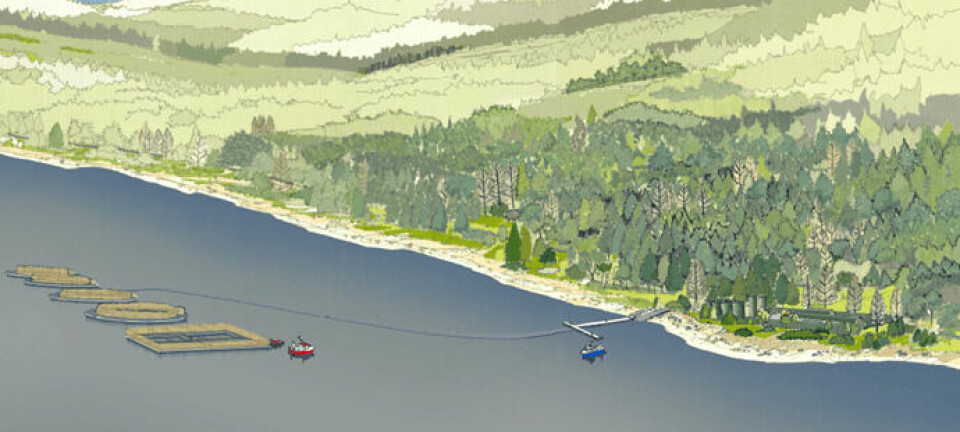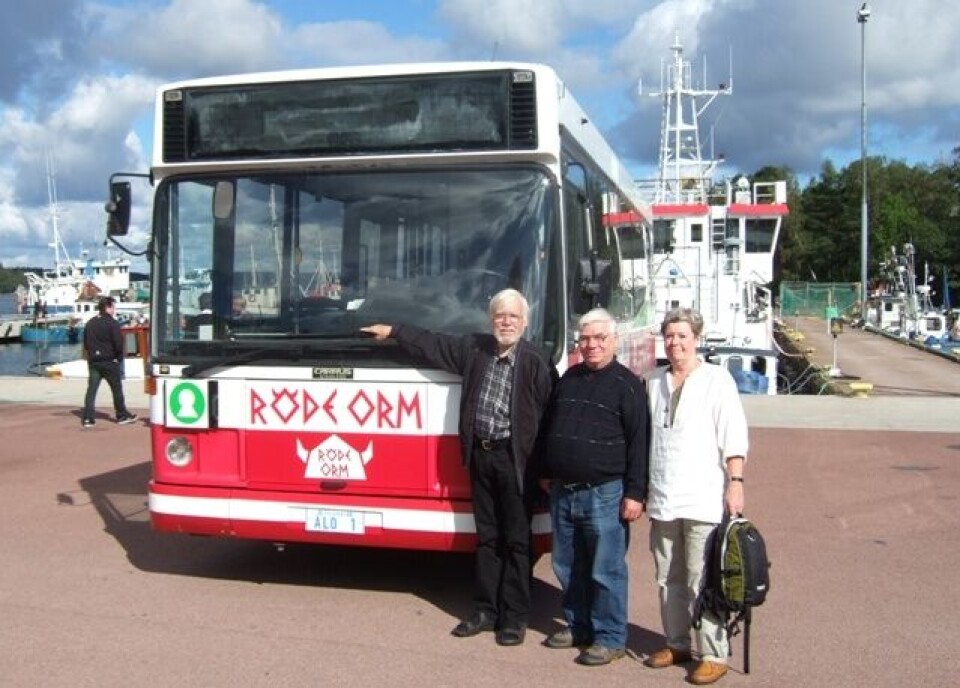
Fish guts fuels busses, hatchery tanks
During a recent visit to West Coast Fish Culture in Powell River, British Columbia, FishfarmingXpert was introduced to the technology of using waste products from a fish processing plant to produce biofuel in quantities sufficient to run a boiler that is required to heat water for the company’s outdoor hatchery tanks. The processing waste is ground up and mixed with citric acid in powder form, heated and run through a solid separation process, leaving an oily substance that is suitable for combustion in a purpose-built boiler.
A similar process of social innovation is currently in use for the purpose of providing fuel for municipal transportation, as the following article by Justmeans explains;
As the world looks to social innovation to help create cheaper and more sustainable sources of energy, a fish farming company in the small Finnish town of Mariehamn has come up with its own, unique solution: fish guts. Residents and visitors to this town are now reaping the benefit in the form of a free bus powered by fish fuel. Fish-farming company Storfjärdens Fisk AB has used social innovation to develop a way of making biodiesel from the intestines which are the by-products of the local fish-processing industry. In this region, fish-processing is an important industry. Usually, the waste is fed to farmed mink or occasionally just buried, though it often re-emerges after heavy rains.
Sixten Sjøblom, Storfjärdens Fisk's owner, began making this social innovation fuel from fish waste three years ago. To make the fuel, Storfjärdens Fisk mixes fish intestines with formic acid. This separates the oil. The glycerol is then removed from the oil using methanol and lye. The remaining liquid is biodiesel and once cleaned with water; then, it's ready to use. This small factory can produce 200 litres of fish fuel a day, though it will be able to increase output to 700 litres a day as soon as a new tank arrives. This social innovation company wants to look into using unprocessed fish oil to power vehicles.
Storfjärdens Fisk's first customer was transport operator Røde Orm AB, which launched its first fish-fuelled bus in May 2011. By the end of 2012 it aims to have its entire fleet of five buses and three tourist trams running on the new fuel, making Mariehamn one of the first towns in the world where all public transport runs on bio fuel. There were concerns that these buses wouldn't make it through the harsh Scandinavian winter as the cold could affect the viscosity of the fuel, eventually damaging the engine. However, the buses worked perfectly.
Røde Orm, one of three bus operators on the islands says, "There is enough fish waste in this area to run all public buses on fish diesel. The process is eco-friendly, turning the 1,200 metric tons of fish intestines that the region's five fish processors produce in a year into 500 tons of biodiesel would cut CO2 emissions by 1,500 tons a year." There has been a lot of interest about this new bus. The local government is keen in any social innovation initiatives that are committed to reducing carbon dioxide emissions. And jokes: one of the bus drivers says, "Some call it the 'rolling flatfish'."

